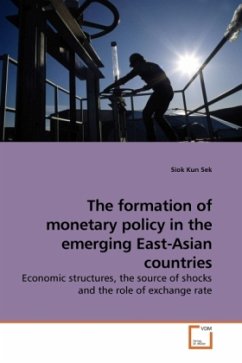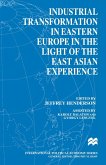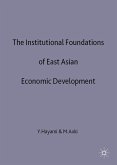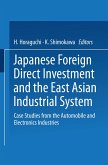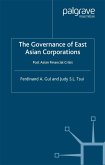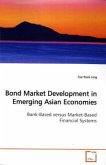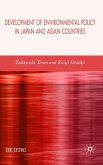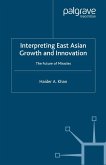What policy rule should a central bank adopt in a small open economy? Should a central bank concern about the exchange rate stability and does the exchange rate play an improving role in the formation of monetary policy? Do the country specific factors matter in determining the performance of a policy rule/ regime over time? These are the main questions addressed in this book. This book conducts both theoretical and empirical analyses on the monetary policy framework of East-Asian countries in the pre- and post-crisis of 1997/98 or before and after the switch of the monetary policy regime in these countries. It sheds light on the links between the monetary policy/ regimes and the change in the economic structures in the emerging East-Asian countries over time. It also provides theoretical and empirical evidences on the performance of the monetary policy/ regimes in East-Asian countries. This book suggests the effective monetary policy rule/ regime for East-Asia, taking into account the country specific factors. The results provide important information for the policy decisions and evaluations in the emerging countries (of East-Asia).
Bitte wählen Sie Ihr Anliegen aus.
Rechnungen
Retourenschein anfordern
Bestellstatus
Storno

